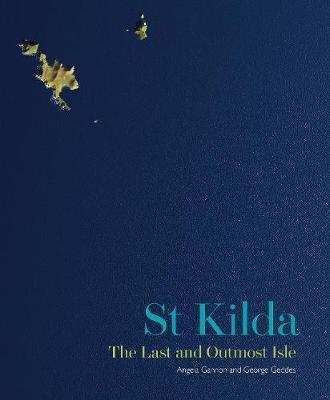St Kilda

St Kilda
St Kilda, they argue, has never existed in total isolation, but has always been linked to a network of communities scattered across the north western seaboard and the Highlands of Scotland. 'The Last and Outmost Isle' pulls St Kilda back from the 'end of the world' to tell a compelling story of triumph over geographical adversity. What makes these islands so special is not their distance from 'civilisation', but rather their enduring capacity to remain a living, connected part of Scotland over the course of some three thousand years.
148.12Lei
148.12Lei
Livrare in 2-4 saptamani
Descrierea produsului
St Kilda, they argue, has never existed in total isolation, but has always been linked to a network of communities scattered across the north western seaboard and the Highlands of Scotland. 'The Last and Outmost Isle' pulls St Kilda back from the 'end of the world' to tell a compelling story of triumph over geographical adversity. What makes these islands so special is not their distance from 'civilisation', but rather their enduring capacity to remain a living, connected part of Scotland over the course of some three thousand years.
Detaliile produsului










